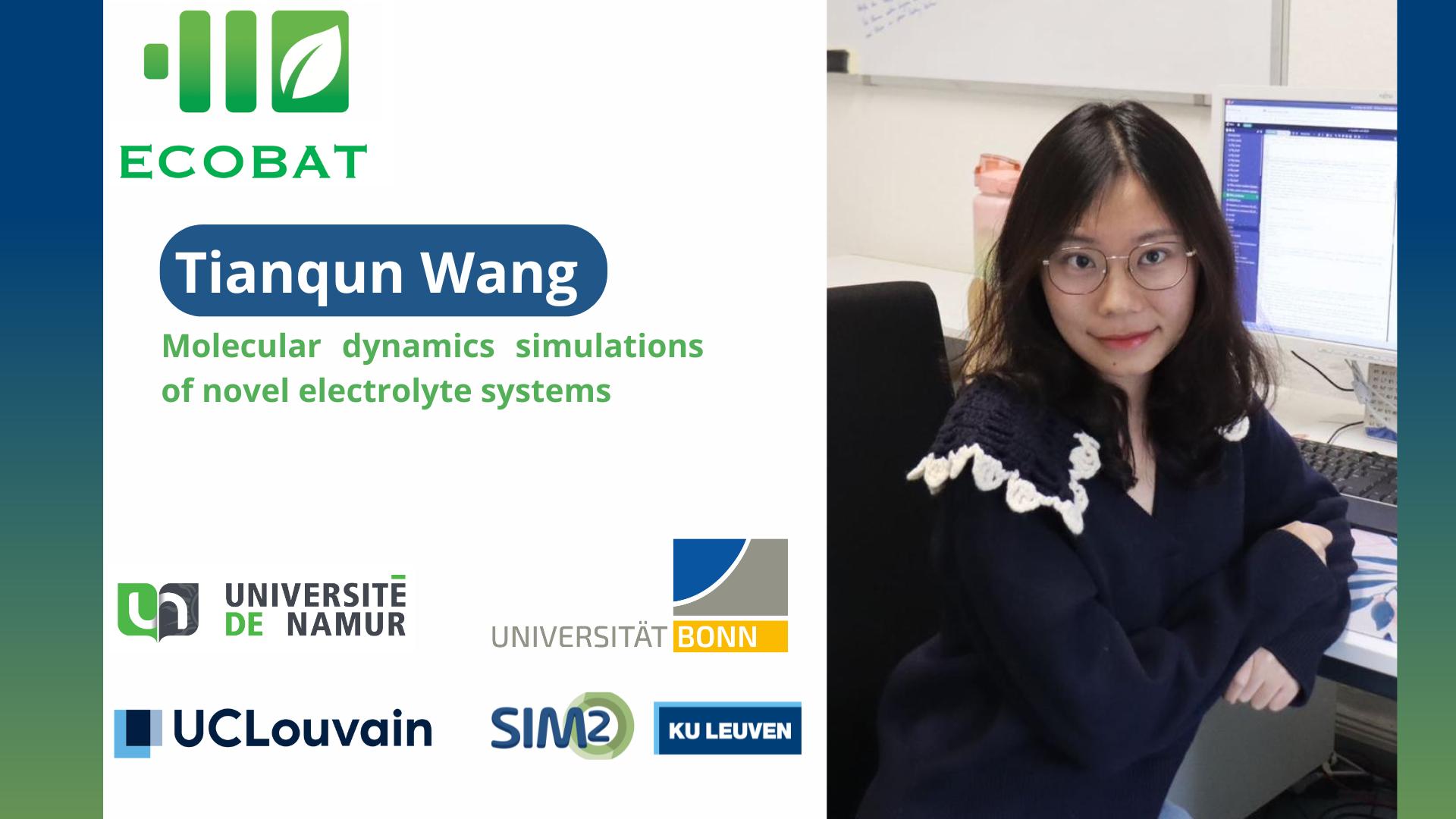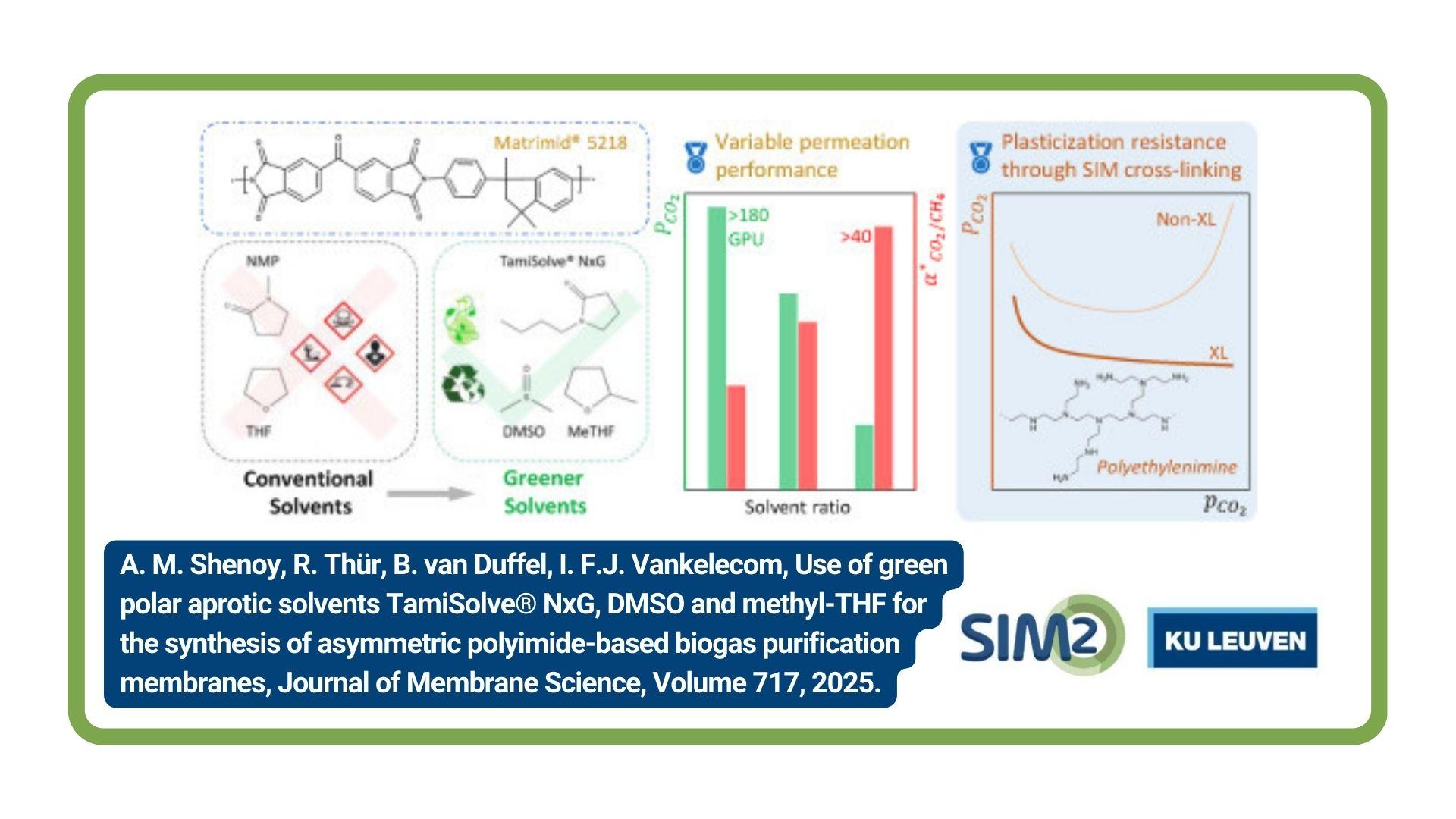I am ESR12 and I am doing my PhD at University of Padova (Italy) under the supervision of Prof. Enrico Bernardo. The focus of my PhD is to develop glass-ceramics (i.e. materials from controlled crystallization of glasses) made with slags and ashes originated from the processing and conversion of the excavated landfill waste. Currently, I am working with a vitrified slag named Plasmastone that comes from the plasma gasification of landfill waste. This slag is mainly composed of silica, calcia, alumina and also iron oxide, which helps in the nucleation and crystallization of glass during firing [1]. Thus, this slag could also be used in the development of glass-ceramics by sinter-crystallization (sintering with concurrent crystallization) without the need of introducing any nucleating agent [2]. However, as Plasmastone is easily crystallized, its densification can be hindered due to an increase of the apparent viscosity of the glass caused by the formation of crystals during firing [3]. On the other hand, soda-lime glass (glass used in the production of bottles) is hardly crystallized and can be easily densified by viscous flow. Based on this, we add soda-lime glass to Plasmastone in order to produce a denser glass-ceramic made with this slag:

In the last months, we have been developing both dense and porous materials made with Plasmastone and recycled soda-lime glass. The dense materials, which are developed to be used as tiles (replacing traditional ceramics or natural stones), are obtained by pressing the mixture of powders made of Plasmastone/soda-lime glass and also kaolin clay (to be used as a binder), and then sintering it at temperatures above the crystallization temperature of Plasmastone. The porous materials, on the other hand, are developed by using a novel technique that combines alkali activation, gel-casting and firing, based on the work of Rincón et al. [4].
Since Plasmastone is originated from the processing of waste, possibly harmful elements can also be present in its composition; this fact could prevent the application of developed materials made with this raw material. Therefore, in order to apply this slag in the future as a building material, it is extremely important to analyze its environmental impact. For this purpose, I undertook a secondment of one month at Montanuniversität, Leoben, Austria, under the supervision of Dr. Daniel Höllen. During this secondment, I performed an environmental impact assessment of the developed Plasmastone based glass-ceramics by using electron microprobe investigations and leaching tests.
The analysis performed on the microprobe showed that hazardous elements and also iron were located in phases originated from the crystallization of Plasmastone, such as pyroxenes (Ca-Fe silicates) and phases originated from soda-lime glass (residual glassy phase and wollastonite). This indicates that these elements diffuse from Plasmastone to soda-lime glass, along with Fe that aids in the crystallization of soda-lime glass into calcium silicate (wollastonite).

The results of the leaching test (S/L = 1:10) of the dense materials showed very low concentrations. In the case of porous materials, the leaching was higher, indicating that surface played a significant role in leaching experiments. Chromium was one of the elements that were above the recommended by the Austrian Recycling Building Materials Ordinance in terms of leachability for the foams. In addition, it was observed that by enhancing the firing temperature the leaching of Cr was reduced. In fact, mineralogical analyses have shown that the content of wollastonite increases with the enhancement of firing temperature. This indicates that the residual glassy phase could have been dissolved during leaching test, releasing Cr. And when the material is more crystallized (with less glassy phase), the leaching of Cr is then reduced. However, even for foams more crystallized, the leaching of Cr was still above the regulation limit in Austria.
Based on these results, when I came back to Padova, we operated some changes in order to produce more chemically stable porous glass-ceramics. These changes consist of: i) modification of Plasmastone ‘a priori’; ii) modification of the recycled glass additive. In the first case, we produced glasses from mixtures of Plasmastone and soda-lime glass. The glasses were later used as the only component instead of powder mixtures. In the second case, we replaced soda-lime glass with boro-alumino-silicate glass, a much more chemically stable glass, recovered from pharmaceutical vials. The latest leaching tests, on the materials subjected to these modifications, indicate a very good stabilization of any pollutant. All quite complex, but fascinating!
[1] W. Höland and G. H. Beall, Glass ceramic technology. Ohio: The American Ceramic Society, 2002.
[2] E. Bernardo, “Fast sinter-crystallization of a glass from waste materials,” J. Non. Cryst. Solids, vol. 354, pp. 3486–3490, 2008.
[3] E. Bernardo, G. Scarinci, E. Edme, U. Michon, and N. Planty, “Fast-Sintered Gehlenite Glass–Ceramics from Plasma-Vitrified Municipal Solid Waste Incinerator Fly Ashes,” J. Am. Ceram. Soc., vol. 92, no. 2, pp. 528–530, 2009.
[4] A. Rincón, G. Giacomello, M. Pasetto, and E. Bernardo, “Novel ‘inorganic gel casting’ process for the manufacturing of glass foams,” J. Eur. Ceram. Soc., vol. 37, no. 5, pp. 2227–2234, 2017.
About the Author:
 Patricia is our ESR12. Her PhD project has the purpose to develop glass-ceramic materials with novel functionalities made with materials originated from the processing and conversion of the landfill waste, which are delivered by Work Package 2. The outputs from her PhD will be the production of building materials such as dense and porous alkali activated materials with a low carbon footprint and chemically stable. You can contact her at patricia.rabelomonich@studenti.unipd.it. Patricia is our ESR12. Her PhD project has the purpose to develop glass-ceramic materials with novel functionalities made with materials originated from the processing and conversion of the landfill waste, which are delivered by Work Package 2. The outputs from her PhD will be the production of building materials such as dense and porous alkali activated materials with a low carbon footprint and chemically stable. You can contact her at patricia.rabelomonich@studenti.unipd.it. |
This article appeared first on www.new-mine.eu website.





